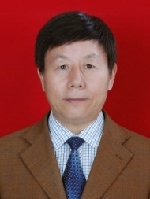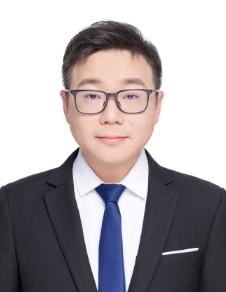| Prof. Chunmin ZhangXi 'an Jiaotong University, China Zhang Chunmin, Director of the Institute of Space Optics, Xi'an Jiaotong University. Member of the 12th and 13th Expert Group of the National Foundation of China, expert of the National Science and Technology Award, expert of the Science and Technology Award of the Ministry of Education, expert enjoying the special government allowance of the State Council, and "Sanqin Talent" of Shaanxi Province. Member of the Optical Society of America (OSA), director of the Optical Society of China, director of the Chinese Optical Engineering Society, deputy director of the Space Optics Professional Committee of the Optical Society of China, vice chairman of the National University Electromagnetics Research Association, vice chairman of the National College Optics Research Association, vice chairman of the Shaanxi Optical Society, and was included in the world who's who in the world. Famous teacher of Xi'an Jiaotong University. In recent years, he has published more than 200 academic research papers in internationally renowned academic journals such as Optics Express, Optics Letters, Applied Optics, Optics Communications, etc., of which 155 are included in SCI. He has published 2 monographs and obtained 11 authorized invention patents. |
| Prof. Tingchao HeShenzhen University, China Tingchao He obtained his Ph.D. in physics from Shanghai Jiao Tong University. Following his Ph.D. studies, he held a research fellow position in Prof. Handong Sun's group at Nanyang Technological University. He is currently a professor of physics at Shenzhen University, where his research is focusing on the spectroscopic properties (ultrafast dynamics, nonlinear optics, and chirality) and application of semiconductor nanocrystals and organic–inorganic hybrid metal halides. |


